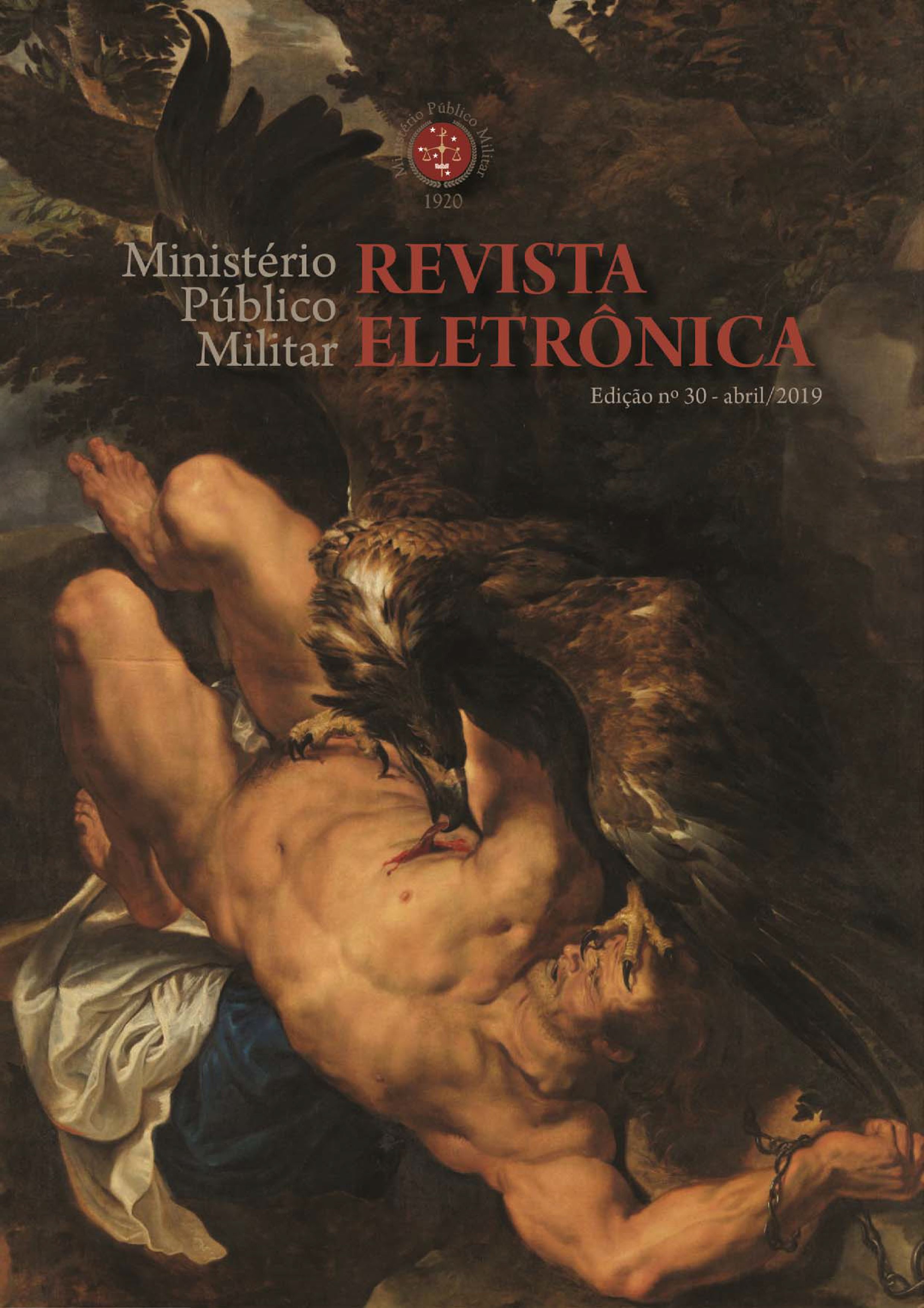Freedom of expression and criminal law
comparative analysis of use of the criminal sanctions to contain abuses in speech under the opinion of the Inter-American Court os Humans Rights and African Court on Human and People’s Rights
Keywords:
Freedom of expression, Limits, Regional human rights systems, Inter-American Court of Human Rights, African Court on Human and Peoples’ RightsAbstract
Freedom of expression is a fundamental right of great importance, but it is not absolute. Thereby, conflicts to others rights happen and must be decided by the interpreters. The present paper tries to determine how the conflict between freedom of expression and the right to honor has been decided by the Inter-American Court on Human Rights and the African Court on Human and People’s Rights, specifically in relation to the possibility of using criminal law to restrain the abusive exercise of freedom of expression.
References
ABRAMOVICH, Víctor. Das violações em massa aos padrões estruturais: novos enfoques e clássicas tensões no sistema interamericano de direitos humanos. Disponível em: http://dx.doi.org/10.1590/S1806-64452009000200002. Acesso em: 10 abr. 2016.
ANTKOWIAK, Thomas M.; GONZA, Alejandra. The American Convention on Human Rights: essential rights. New York: Oxford University Press, 2017.
BARICAKO, Germain. Introductory Preface: The African Charter and African Commission on Human and Peoples’ Rights. in: The African Charter on Human and Peoples’ Rights: The System in Practice 1986-2006. 2. ed. New York: Cambridge University Press, 2008.
BURGORGUE-LARSEN, Laurence; TORRES, Amaya Úbeda de. The Inter-American Court of Human Rights: case law and commentary. Oxford: Oxford University Press, 2013.
FEFERBAUM, Marina. Proteção Internacional dos Direitos Humanos: análise do sistema africano. São Paulo: Saraiva, 2012. Edição Kindle. Não paginado.
GRIMM, Dieter. Freedom of speech in a globalized world. in: Extreme Speech and Democracy. New York: Oxford University Press, 2009.
KILLANDER, Magnus. African Human Rights Law in Theory and Practice. in: Research Handbook on International Human Rights Law. Cheltenham: Edward Elgar, 2010.
LOPES, Carla Patrícia Frade Nogueira. Imprensa e Judiciário. Rio de Janeiro: Lumen Juris, 2016.
MUTUA, Makau. The African Human Rights Court: A Two-Legged Stool?Human Rights Quaterly, v. 21, 1999. Disponível em: https://digitalcommons.law.buffalo.edu/articles/567. Acesso em: 12 nov. 2018.
OLANIYAN, Kolawole. Civil and Political Rights in the African Charter: Articles 8–14. in: The African Charter on Human and Peoples’ Rights: The System in Practice 1986-2006. 2. ed. New York: Cambridge University Press, 2008.
PEREIRA, Jane Reis Gonçalves. Interpretação Constitucional e Direitos Fundamentais. 2. ed. São Paulo: Saraiva, 2018.
PIOVESAN, Flávia. Direitos humanos e justiça internacional: um estudo comparativo dos sistemas regionais europeu, interamericano e africano. 7. ed. São Paulo: Saraiva, 2017.
_____. Direitos humanos e o direito constitucional internacional. 18. ed. São Paulo: Saraiva, 2018
POSNER, Eric. The Twilight of Human Rights Law. New York: Oxford University Press, 2014.
RAMOS, André de Carvalho. Teoria geral dos direitos humanos na ordem internacional. 4. ed. São Paulo: Saraiva, 2014.
_____. Processo internacional de direitos humanos. 4. ed. São Paulo: Saraiva, 2015.
SARLET, Ingo Wolfgang. A eficácia dos direitos fundamentais: uma teoria geral dos direitos fundamentais na perspective constitucional. 11. ed. Porto Alegre: Livraria do Advogado, 2012.
SHELTON, Dinah; CAROZZA, Paolo. Regional protection of human rights. 2. ed. New York: Oxford University Press, 2013.
VILJOEN, Frans. Impact in the African and Inter-American Human Rights Systems: a perspective on the possibilities and challenges of cross-regional comparison. in: The Inter-American Human Rights System: impact beyond compliance. Cham: Palgrave Macmillan, 2019.
Downloads
Published
How to Cite
Issue
Section
License
Copyright (c) 2023 Revista do Ministério Público Militar

This work is licensed under a Creative Commons Attribution-NonCommercial-ShareAlike 4.0 International License.

Este trabalho está licenciado com uma Licença Creative Commons – Atribuição 4.0 Internacional.

